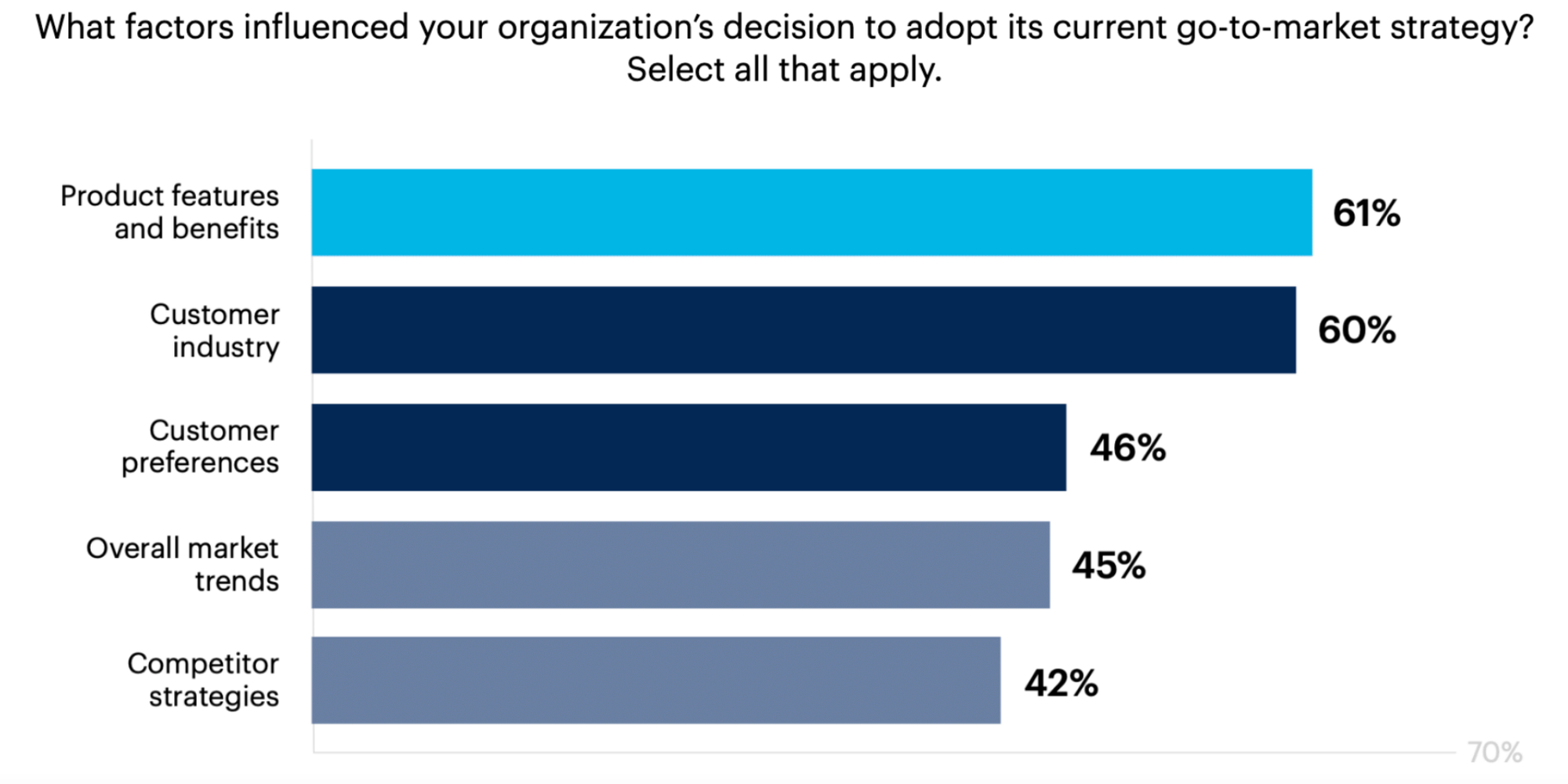This article comes from Daniel Kuperman’s insightful talk at our Los Angeles #GTM24 Summit, check out his full presentation here.
Ever found yourself scrambling to respond to a competitor's move, wishing you’d seen it coming? Or perhaps you've launched a new product feature, only to realize it's not as unique as you thought? If so, you're not alone – and you're in the right place.
I'm Daniel Kuperman, Head of Core Product Marketing & GTM for ITSM Solutions at Atlassian. Today, I want to chat with you about something that's been on my mind lately: the critical role of competitive intelligence (CI) in shaping successful go-to-market (GTM) strategies.
Now, I know what you might be thinking – "Oh great, another article about CI." But stick with me here, because I promise this isn't your typical rundown of battlecards and win/loss analyses. Instead, I want to share some insights on how we can fundamentally rethink the role of CI in our GTM planning and execution.
In this article, we're going to dive into why competitive intelligence deserves more attention in our GTM planning. We'll explore real-world examples of how CI impacts every aspect of our strategies, from messaging and positioning to product launches and campaign planning.
So, whether you're a seasoned product marketer or new to the go-to-market world, I hope you’re ready to gain that competitive edge!
The current state of go-to-market strategies
Before we dive in, let's take a step back and look at the bigger picture. Recently, I came across an interesting piece of research from Gartner. They surveyed organizations about the factors influencing their current go-to-market strategies.

Not surprisingly, product features and benefits topped the list. After all, what we're selling does tend to dictate how we sell it, right? Other high-ranking factors included customer location and industry dynamics. But here's where it gets interesting – competitive strategies were way down at the bottom of the list.
Now, you might think, "Well, that makes sense. We shouldn't be obsessing over our competitors." And you'd be right... to a point.
But here's the kicker: in the same survey, when asked about the biggest challenges in their current GTM strategies, guess what came out on top? Yep, you guessed it – competition.
This paradox got me thinking. How do we go from treating competitive analysis as an afterthought in our GTM planning to recognizing it as one of our biggest challenges? And more importantly, how can we bridge this gap?

Rethinking competitive intelligence
Here's my take: competitive intelligence isn't just a task or a deliverable – it's a core pillar that should support all of our go-to-market activities and work streams.
Now, I know what many of you are experiencing. In a lot of organizations, CI is that thing that one person in product marketing (or maybe a separate department) does. Once in a while, they'll produce a battlecard or send out an alert about a competitor's move. But more often than not, sales teams end up using outdated information, relying on their own biases or experiences from the industry.
It's time we changed this perspective. If you're familiar with the Product Marketing Alliance's framework, you'll know that competitor intel is often tucked away in a corner. But I believe it deserves a spot right in the center, alongside messaging and positioning.






